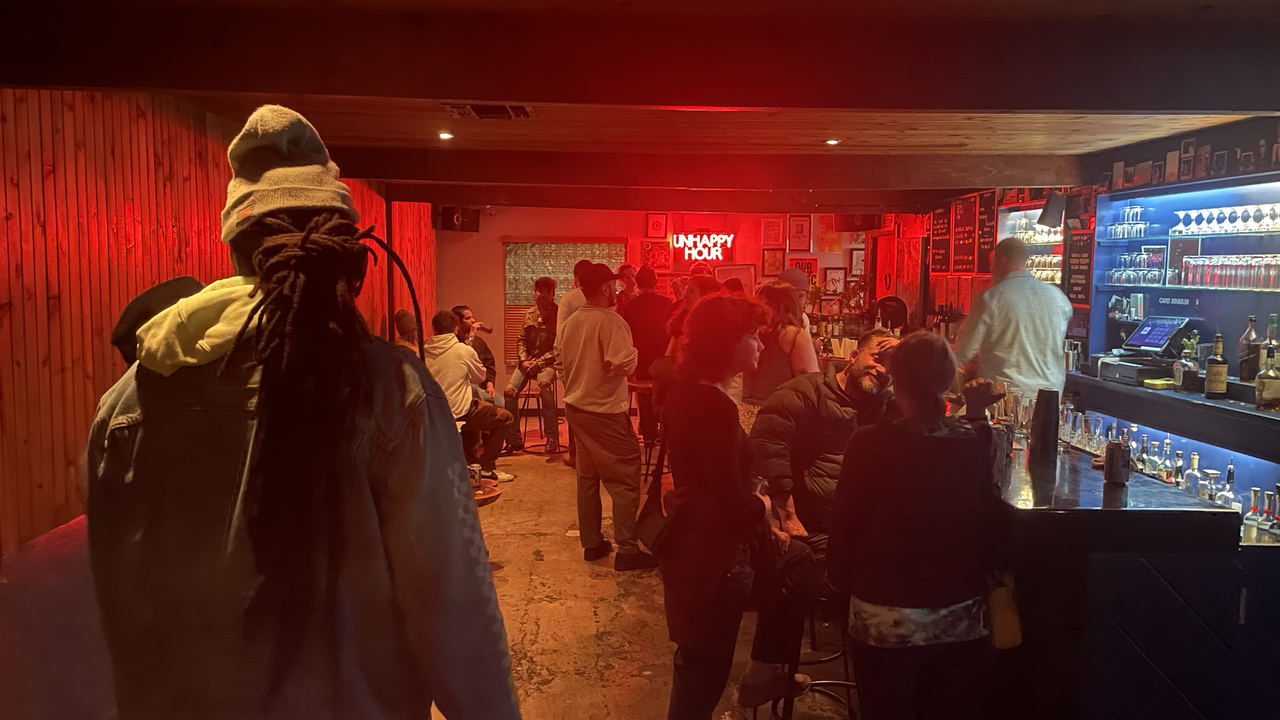Aleksandra Mir
When the Fluxus artist Ben Vautier painted the words ‘La Suisse n’existe pas’ (Switzerland does not exist) at the 1992 World Exhibition in Seville, he merely confirmed the suspicions of many. Prosperous but internally complex, with four official languages and 26 independent cantons, the country sits like a scale model at the heart of the European Union – an organization that it cannot join because, in a perverse sense, it is the prototype for it. As historical exception and geopolitical fairy tale, Switzerland is an island, the Atlantis of Europe. This insularity was the central theme of Aleksandra Mir’s solo show at the Kunsthaus, her first at a major public museum.
The show, curated by Mirjam Varadinis, consisted of 32 monumental drawings of islands of every sort: political, mythical and geographical. Mir presents her islands as maps, drawn from a bird’s-eye view with the thick, indelible, black felt-tip pens known in the US as ‘sharpies’. The pictures are a reprise of her 2005 project Church of Sharpie, in which 16 assistants engaged in a round-the-clock sharpie marathon, colouring in a series of maps of the US that questioned some of the more cherished delusions of her adopted nation. The states were emblazoned with such ambiguous phrases as ‘Welcome Sometimes’ and ‘Cold War, Hot Stuff’. However, in this new project, Mir opted for subversion rather than provocation.
She presented the series of large-scale images (rarely smaller than two metres by two metres) flat to the wall and unencumbered. Each map represents a different sort of island: the mythical, the unexplored, the legendary and the apocryphal. Cartoon skulls ring Arnold Böcklin’s Island of the Dead, and Australia appears as a half-demarcated land surrounded by sea monsters and dragons. California is represented as it was perceived in 1656 – and is still seen by some now: an island detached from a Hispanic hinterland. Treasure Island is reduced to its essential motif, a giant X that marks the spot, and Manhattan is represented as an unimportant appendage to a proud and upright Long Island. Switzerland, for its part, appears in multiple guises: as a giant lake, as an asteroid hurtling through space and as an island on a seafarer’s chart, framed by the listing galleys of an imaginary Swiss navy.
An additional 11 maps show islands that are marked as completely unexplored, framed with the sort of motifs that belong on kitsch domestic photographs. Their outlines are as arbitrary as spilt milk on a kitchen table. Seeing the world within a grain of sand or a continent in a pool of spilt milk is not, in itself, a new idea, but Mir offers the images less as a victory of the imagination than as a sort of Heart of Darkness within the constraints of the family home, a ‘You Are Here’ that points to nowhere.
All borders, regardless of whether or not they represent political truths, are geographical fictions. Yet mapping and conquering go hand in hand. The rituals of colonisation also appeared in Mir’s First Woman on the Moon (1999). There she toyed with a re-enactment of the Apollo missions by constructing a lunar landscape on a Dutch beach and then climbed to the top of a crater to plant an American flag in the sand. It was a piece of beach theatre that recalled the conspiracy theories arguing the original moon landings were faked. Cartography is, Mir reminds us, a Utopian discipline in both senses of the word: Utopia as a place that does not exist and as a state that we are striving to reach. Maps do not show places; they create them. With her deceptively simple images Mir fabricated a perverse topology that began with relocating Switzerland in the ocean and ended by dissolving our idea of ‘home’ altogether.















